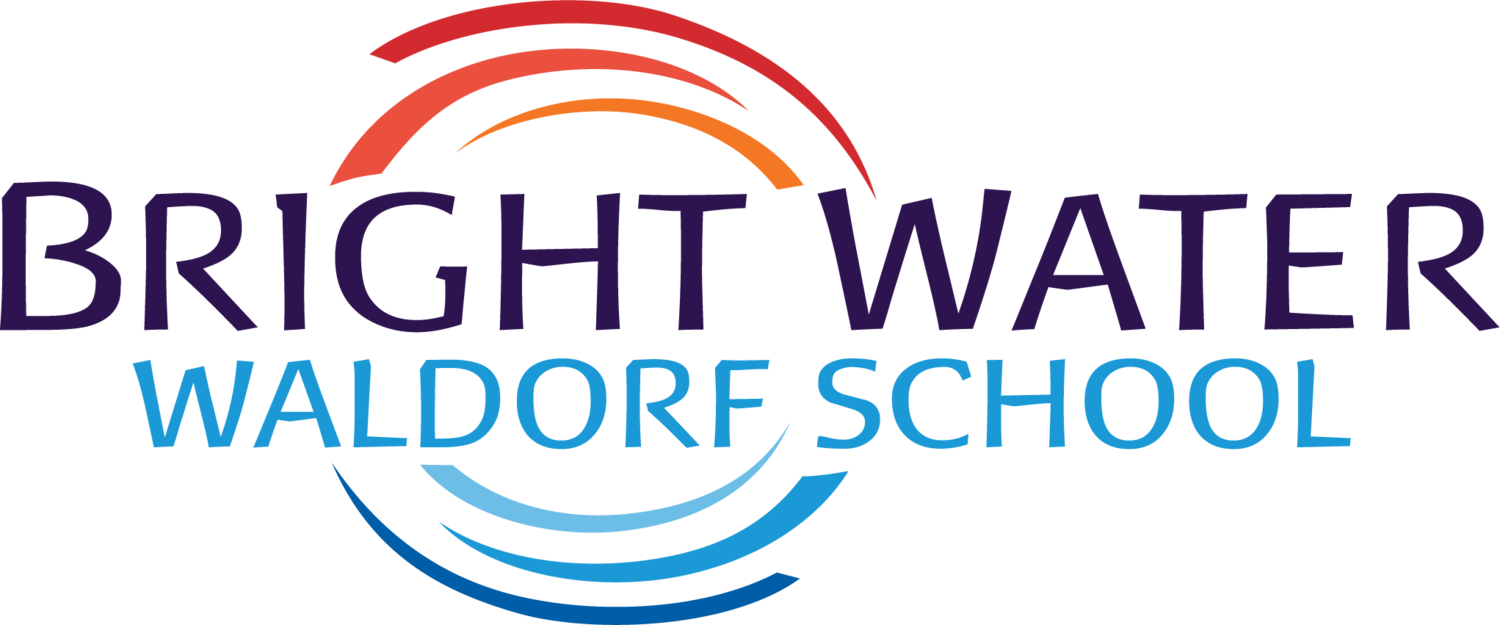Eurythmy plays an essential role in Waldorf education, and here at Bright Water, the Eurythmy program has grown steadily along with our school. There are Eurythmy classes for the kindergartens and all the grades, the opportunity for our community to attend professional performances, the fifth grade “Eurythmy jam,” and a thriving student Eurythmy ensemble, now in its thirteenth year. For those who have never experienced this unique movement art, however, the benefits and even the purpose of Eurythmy may seem a mystery.
Rudolf Steiner developed Eurythmy, in collaboration with his wife, Marie von Sivers, as a new impulse for the renewal of dance and the movement arts. One of the primary artistic aims of Eurythmy is to make speech and music visible. When speech or music sound forth, the air becomes alive with movement that is normally invisible to the human eye. Eurythmy unveils the inner movement concealed in speech and music and conveys it through the medium of the whole human being: body, soul and spirit.
Pedagogical Eurythmy kinesthetically explores and supports the learning experiences that students receive in their main lesson and other subject classes. From the feeling center of the human being, the two poles of human experience intersect – the consciousness of the head and the will activity of the limbs. Eurythmy exercises work from this center in two directions: to the experience of movement in space, and to the experience of knowledge or intellect. These strengthened faculties help link the human being to the world, to the divine, and to humanity. Eurythmy works with the life forces that manifest in the physical body and keeps them lively, flexible, and strong.
The pedagogical Eurythmy curriculum closely follows the ongoing development of the child. It engenders understanding of the lawfulness of geometry, a sense of timing and precision, love for the beauty of language and music, reverence, flexibility, and social awareness. It is ever inspiring to see a group of young people moving in harmony with each other, sensitive to the dynamic of the whole as well as their own striving. Their shared intention seems to carry them along, leaving little space for personality clashes or self-doubt.
To move harmoniously with a group is a concrete practice in healthy social interaction! Waldorf graduates who have experienced this movement have commented that the soul is moved in Eurythmy along with the physical body, that they have a greater ability to engage with others harmoniously and even that they play sports better because of their Eurythmy experience!
Bright Water Eurthmy teacher Melissa McCall has been with BWWS for fifteen years, and in that time has developed a comprehensive eurythmy program that includes school-wide performances and the option of an after school “eurythmy club” for interested students.

